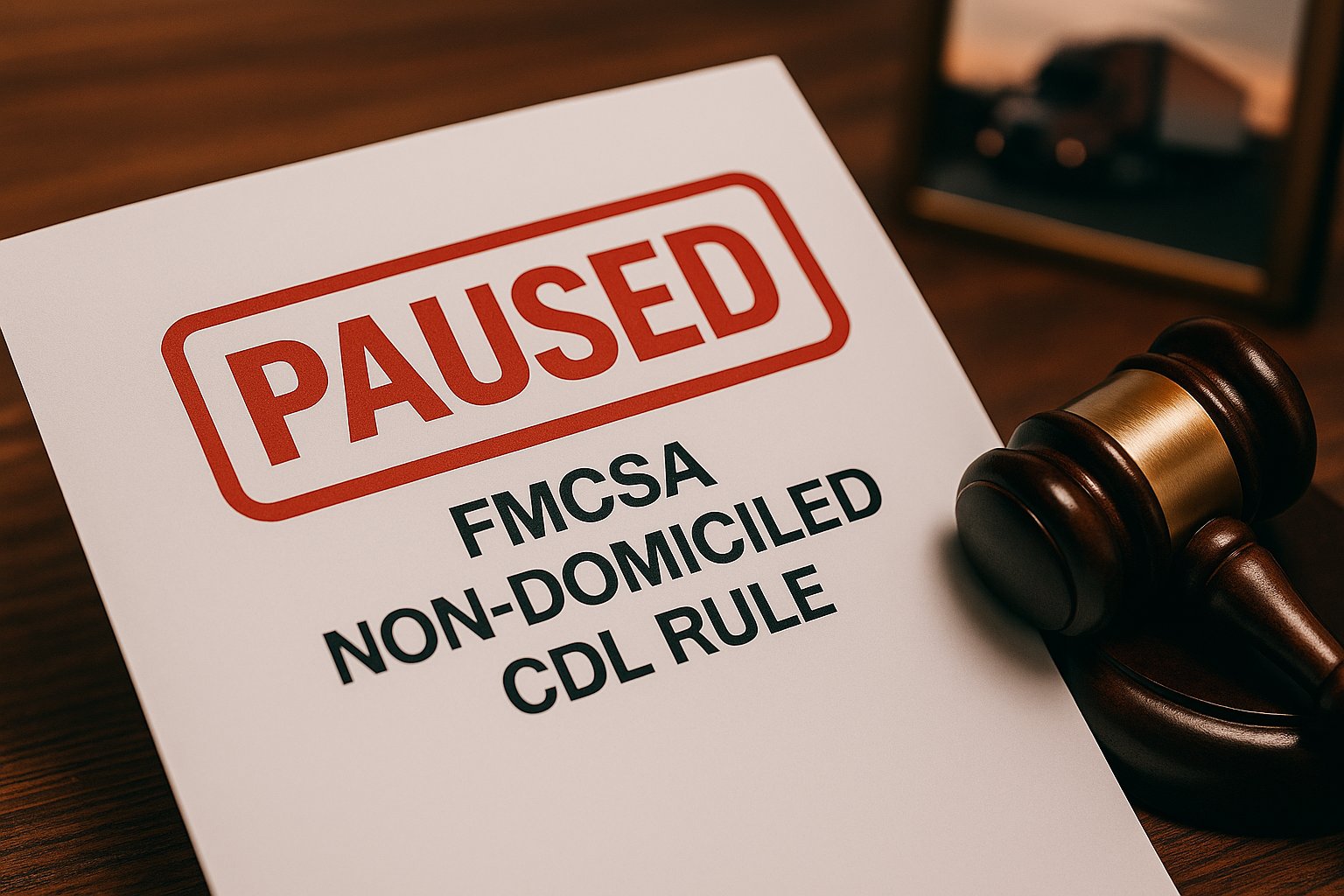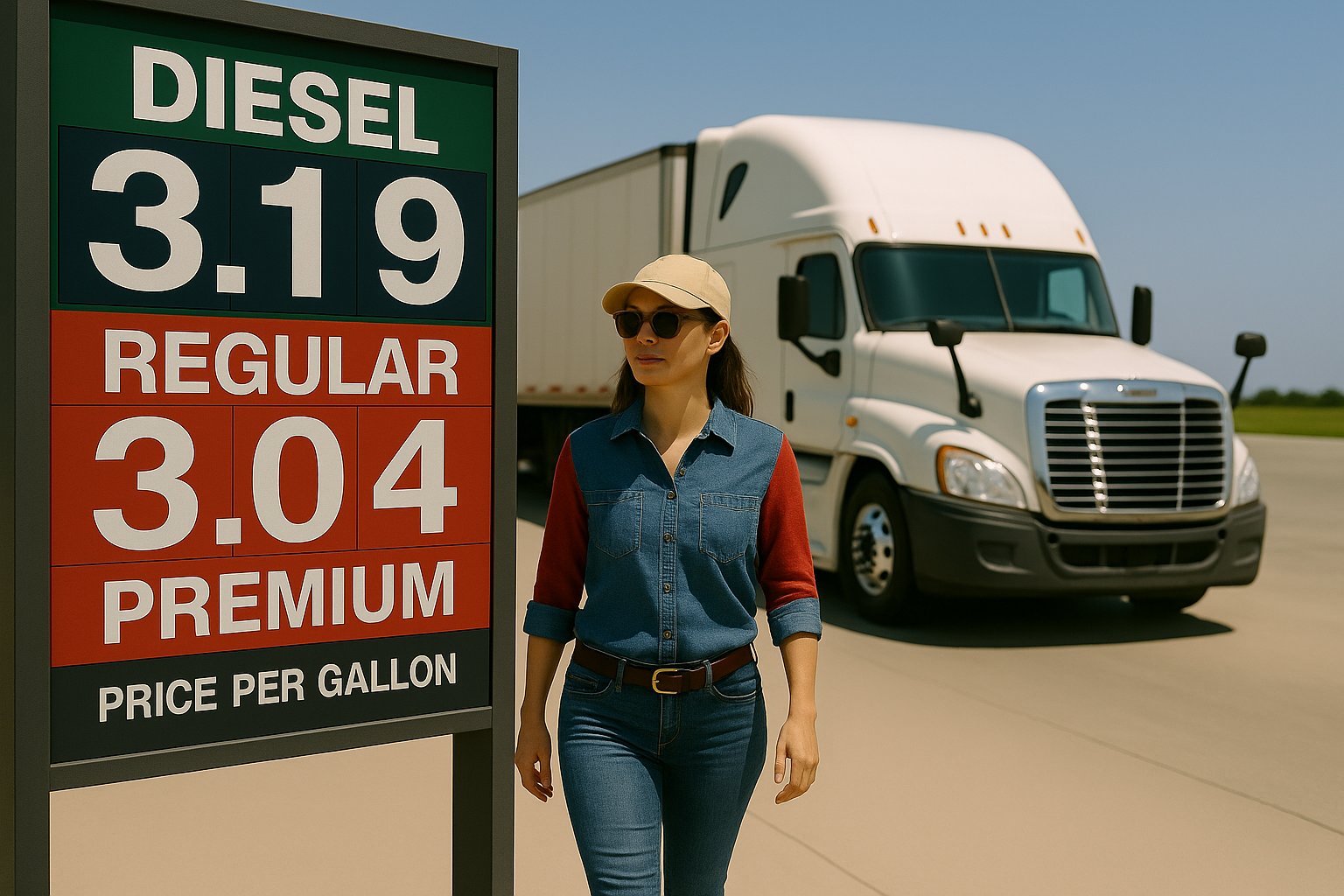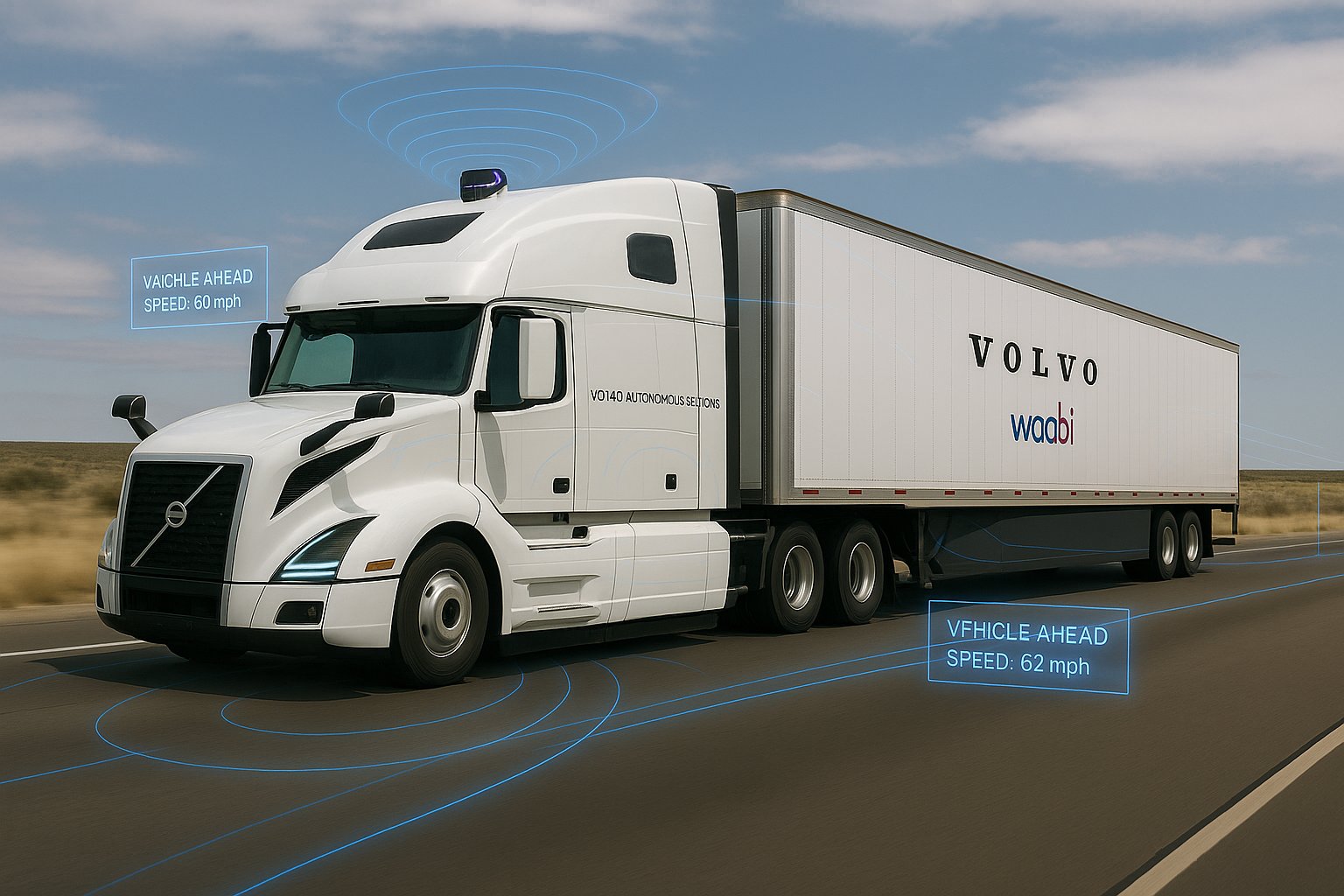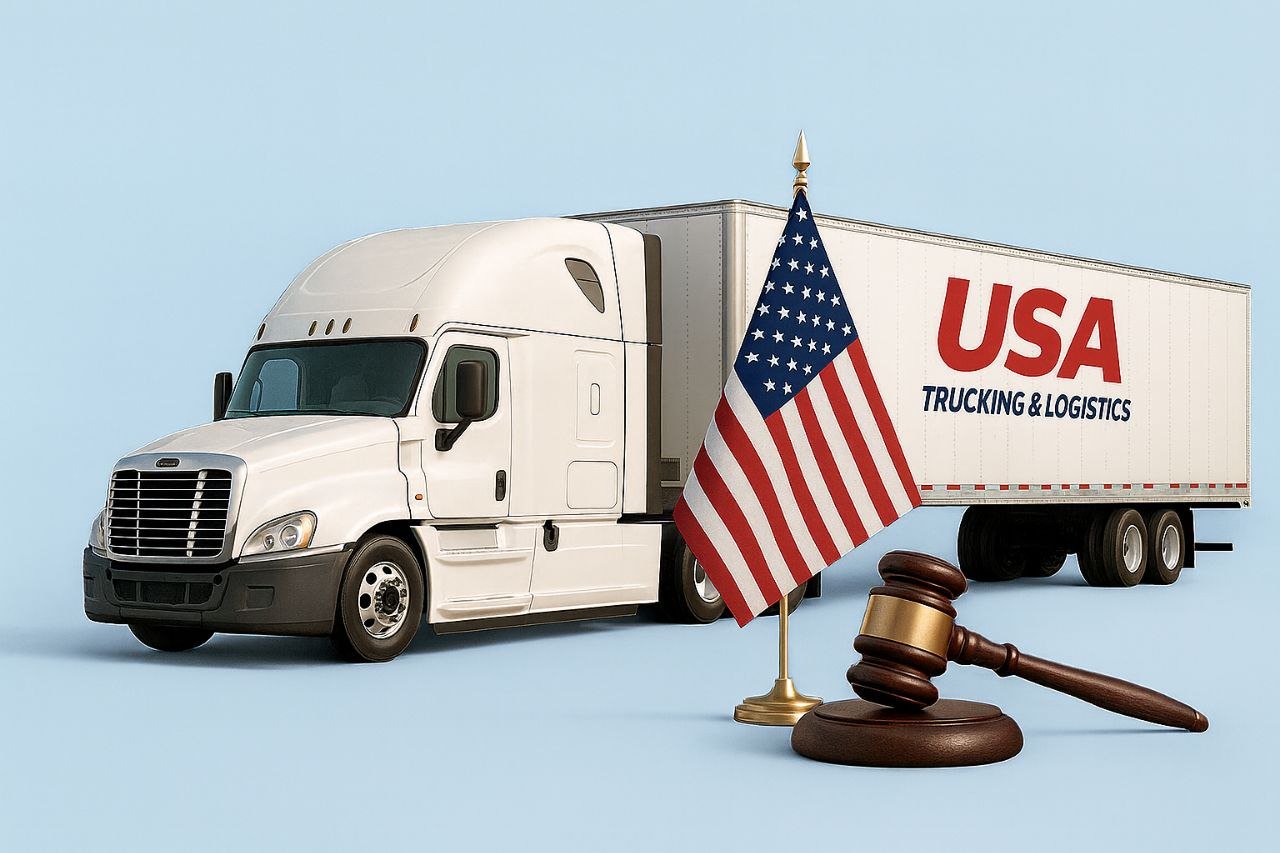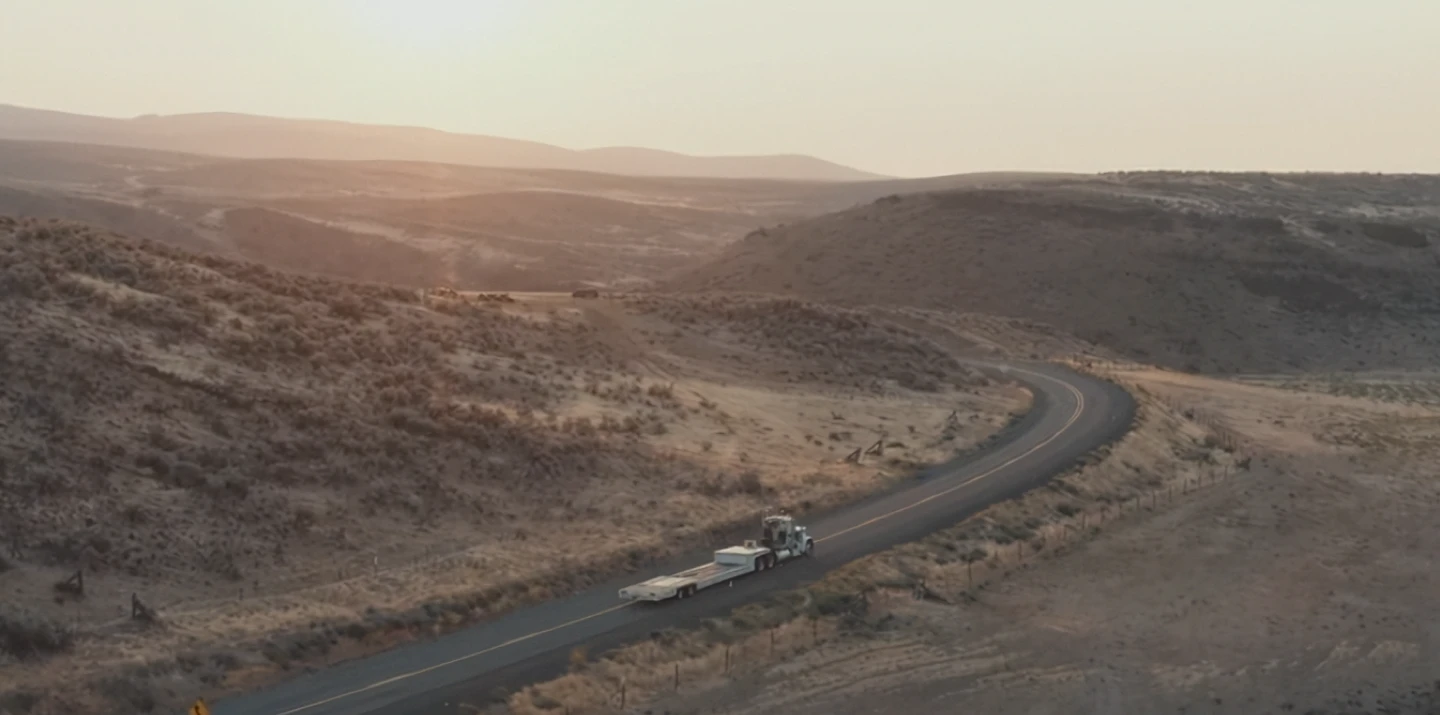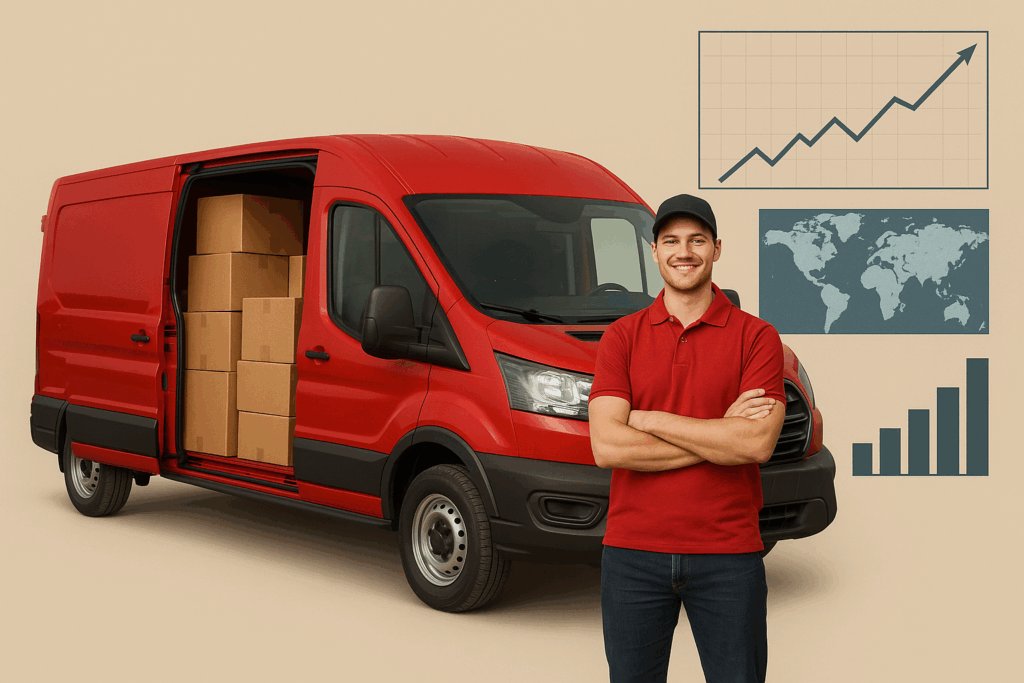
What’s Changing for Drivers This Year
2025 has been a confusing year for many drivers. CDL rule updates, longer credentialing wait times, and unstable long-haul lanes have pushed thousands to look for better ways to stay working. The good news is that non-CDL freight has quietly become one of the most reliable corners of the industry.
The numbers reflect this shift. The local freight trucking market passed $99 billion in 2025, with steady growth built on vans, sprinters, and box trucks that help shippers move freight faster and with fewer delays.
On a broader scale, the general freight market is projected to nearly double by 2032, showing long-term demand for flexible, fast-moving capacity.
For drivers, this means more ways to stay on the road – with or without a CDL.
1. Expedited Cargo Van Freight
Cargo vans continue to see strong demand from automotive, medical, tech, and manufacturing shippers who need smaller loads moved quickly. These shipments often don’t require loading docks, terminals, or lengthy wait times – which is why vans are becoming a dependable option for drivers who want to avoid sitting.
Much of the growth in local and short-distance freight – now a $99B+ segment – comes from this type of urgent, light delivery.
For drivers, it’s one of the simplest ways to get started and begin earning in non-CDL trucking.
2. Sprinter Van Long-Distance Runs
Sprinter vans have become a key part of expedited freight nationwide. They can move time-critical shipments for automotive, aerospace, and medical companies that need faster delivery than traditional trucking can offer.
This part of the industry benefits directly from the long-term growth of general freight, which is expected to expand from $1.18 trillion to $2.33 trillion by 2032.
Drivers who prefer longer miles and consistent nationwide routes often choose sprinter work for the stability it brings.
3. Non-CDL Box Truck Freight
More mid-sized freight is shifting from semi-trailers to 16–26 ft box trucks. Shippers choose box trucks when they need faster scheduling, shorter dwell times, or direct pickup and delivery. Retail, medical supply, furniture, and equipment freight depend on this vehicle class every day.
Research shows the box-truck segment is on track to grow from $12.9B in 2025 to over $24B by 2034, making it one of the most steadily expanding sectors in the industry..
For drivers, box trucks offer a reliable balance of miles, freight variety, and week-to-week consistency.
4. Local & Regional Final-Mile Freight
Final-mile delivery continues to expand as businesses expect faster turnaround times in both consumer and B2B supply chains. Auto parts, medical labs, pharmacies, and retail locations rely on vans and box trucks to keep operations running smoothly.
This growth is part of why the local freight sector is expanding at more than 6% annually.
Drivers who want predictable schedules, familiar routes, and home-daily options often find final-mile delivery to be the most dependable non-CDL path.
5. High-Priority Small Freight
Many industries need fast, secure movement of small, sensitive items – lab samples, diagnostic equipment, engineered components, electronics, and repair parts. These urgent shipments often move best in sprinters and cargo vans because they avoid delays and can go direct.
This segment grows alongside the broader freight-trucking market, which is expected to rise from $2.74T to $3.70T by 2032.
For drivers, these loads tend to be light, time-sensitive, and consistently available.
What This Means for Drivers
If you’re feeling unsure about CDL rules or the direction of long-haul trucking, you’re not alone. Many drivers are choosing non-CDL routes because they offer stability, less downtime, and predictable work. The data shows the demand is real – and growing.
Choosing a van, sprinter, or box truck isn’t stepping down.
It’s stepping into a part of the industry built around speed, reliability, and steady demand.
What You Need to Get Started
Most drivers begin with a reliable vehicle, basic insurance, and availability for freight. From there, it’s about finding support that keeps you moving – not waiting around for the next load. Many non-CDL drivers start hauling within a week.
Ready for Your Next Load?
Apply now – CDL or non-CDL, we’ll help you stay on the road with steady freight, weekly pay, and real human support.


